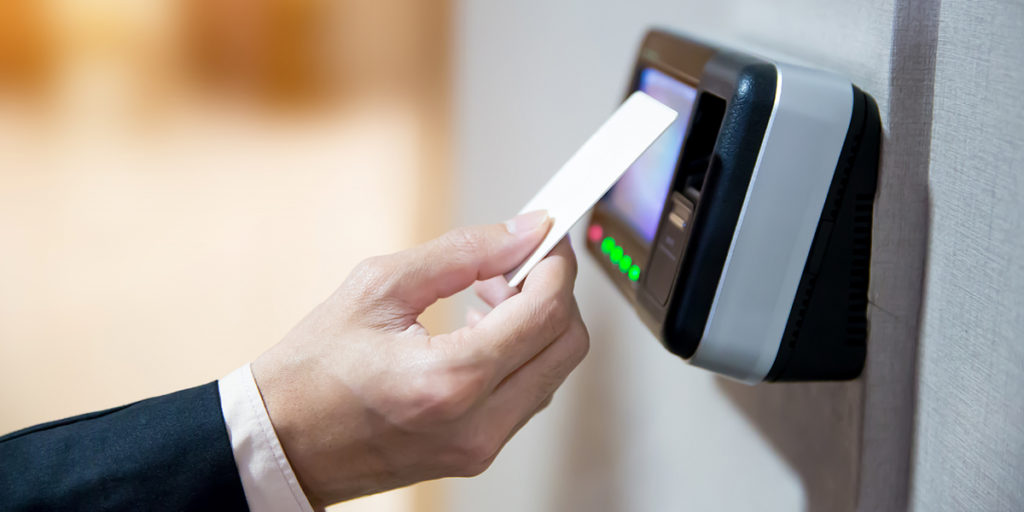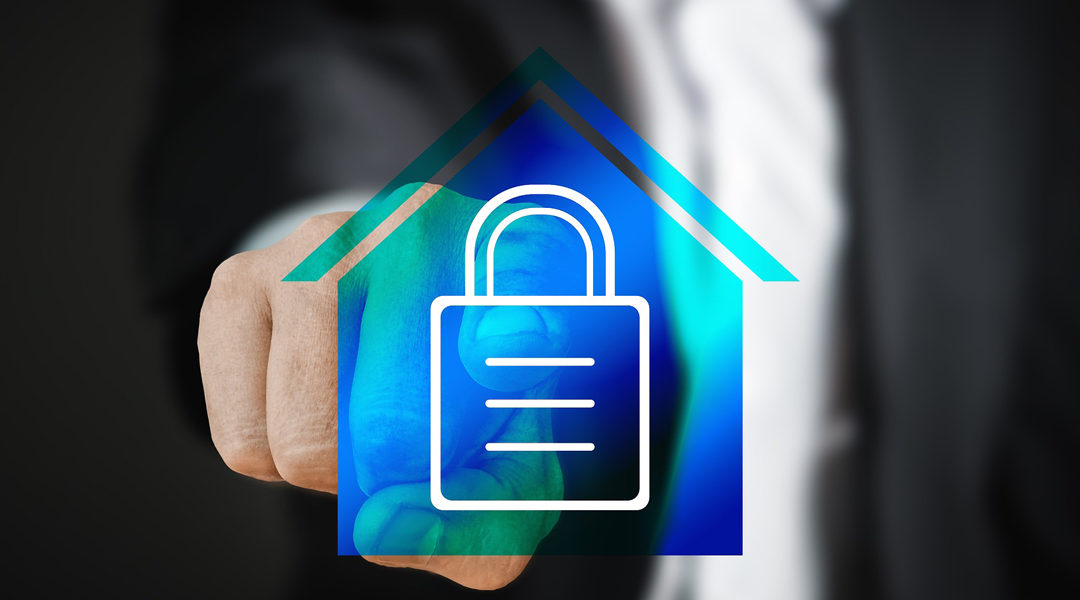The benefits of access control are pretty clear when you take a little time to think about it. In essence, it provides a building-wide system which protects your employees and your patrons while also protecting your information and equipment.
Click Here to Download Our State of Security Infographic
Access control systems enable you to know who is coming into and departing your building, keep track of your employees, and even potentially avert disaster. In the event of an emergency, every second counts. This is why access control systems are so important to organizations of all sizes, in all industries.
Types
There are few types of access control you should know about, each with their own characteristics. Let’s take a look at them.
Role-Based Access Control
First is Role-based access control (RBAC). This is a non-discretionary access control and is one of the most widely-used types. Essentially, RBAC assigns permissions based on the role or position a user holds within the organization, and these pre-defined roles bring with them certain privileges. For example, if a user is classified as a “project engineer,” then they will automatically receive the permissions the system has assigned to them.
The benefit of this access control system is that it’s simple to set up and use, particularly for the system owner: they simply need to set up the predefined roles and assign permissions. The limitation, though, is that if a user needs an additional permission they do not currently have (either on a time-time basis or more permanently), the administrators needs to grant them the permission outside of their usual role.

Controlling access to your building is one of the most critical components to commercial security today.
Rule-Based Access Control (Attribute Based Access Control)
Easily confused with role-based access control is rule-based access. Rule-based access allows the system owner and administrators to set the rules and limitations as needed. Examples of this would be restricting access during certain times of day, requiring a user to be in a certain location, or limiting access based on the device being used. Permissions may be determined based on the number of previous attempts, the most recently performed action, and the required action.
This form of access control is great for enforcing accountability and controlling when and where employees have access to certain facilities. It’s especially beneficial for dynamic permissions and rules, allowing the administrator to customize them to meet the needs of the specific situation.
Lockdown Capabilities
The idea of a total lockdown is pretty clear-cut. If you’re in a situation where a person’s presence in your building poses a threat to everyone else’s safety, having a lockdown procedure where you can restrict access to the entire building at the push of a button rather than having to go check every door is a necessity.
It’s worth remembering that there are different ways to configure and control your access control system. Using cloud-based access control systems like those available from ProDataKey can turn your computer or phone into a mobile control system, allowing for improved user convenience, increased efficiency, and providing a modern and professional solution to all your security-based needs.
When it comes to choosing the type of access control system which is best for your organization, there are a number of factors involved. Some of these factors include the nature of your business, your preexisting security procedures, and the number of users within the system. Other factors should include system ease of use, and mobile functionality. If you have questions about this complex topic, or need help getting started feel free to contact the team at Vermillion Systems. And if you find yourself wondering what these solutions look like in action, we are always happy to perform demonstrations with our equipment.

